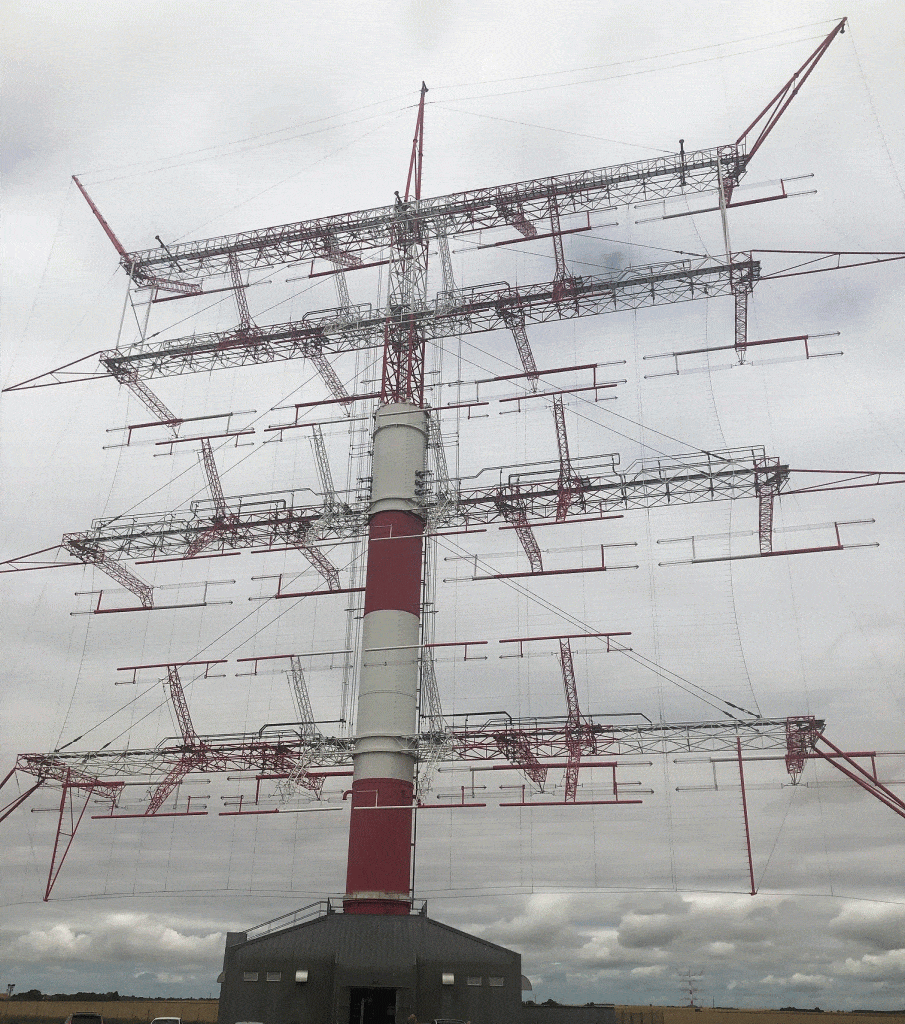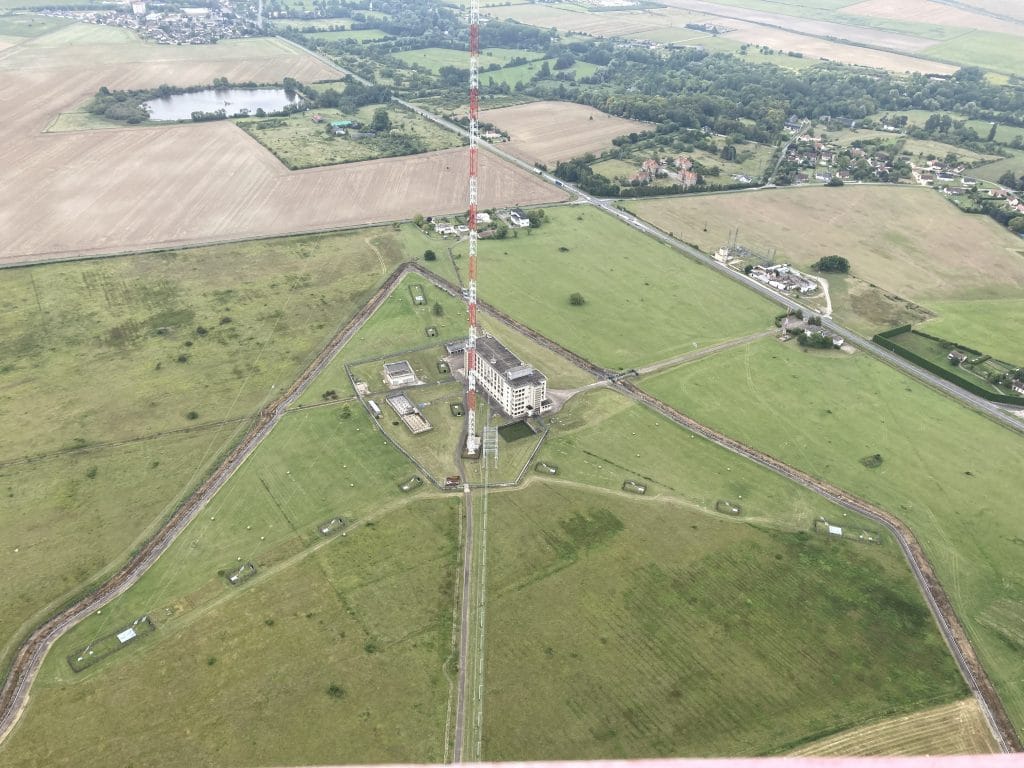The TDF site in Issoudun is home to the "Alliss", rotating antennas for shortwave (or HF) analog or digital(DRM) broadcasting over long distances.
The Allouis site is home to TDF's Longwave antennas for nationwide coverage.
This broadcasting method has been in use since the late 1940s, and relies on so-called HF frequency bands.
From the Issoudun broadcast center, one of the largest in Europe, "Alliss" rotating antennas can cover areas up to 8,000 kilometers from the point of transmission.
Issoudun is home to a dedicated team with the special skills needed to operate these high-power transmitters.
This type of broadcasting is mainly aimed at developing countries, or areas where there is no FM or other broadcasting infrastructure.
In all, some thirty radio stations are broadcast daily, according to a specific schedule and frequency management system.
Built from 1992 onwards, the antennas are called Alliss.
There are twelve of them, named after rivers: Volga, Danube, Amur, Ural, MeKong, Senegal, Amazon, Mississippi, Nile, St. Lawrence, Ganges and Tigris.
The foundations represent 800 m³ of concrete weighing 2,000 tonnes. Each antenna occupies a surface area of 3 hectares.
The radiating elements span 80 m and are supported by a 4 m diameter tubular shaft.

TDF's DRMCAST project aims to develop the digitization of short-wave (SW) broadcasts to the DRM standard.
